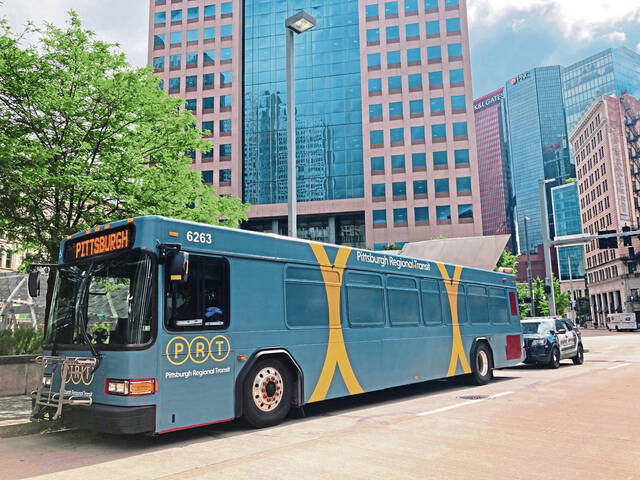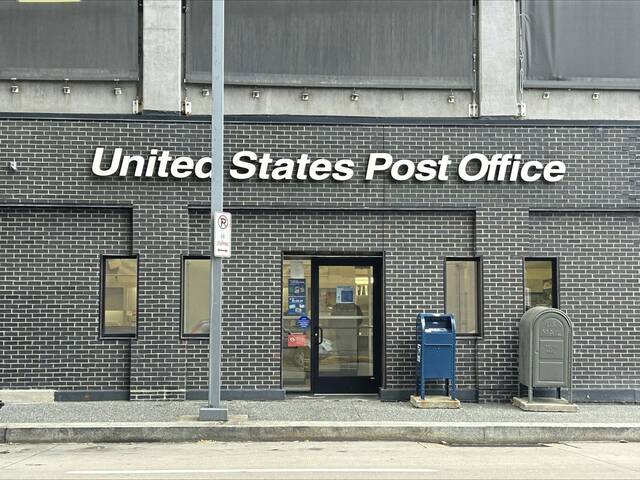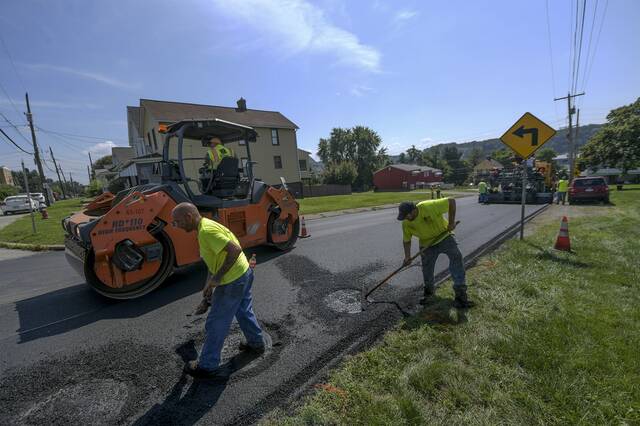Several weeks ago, Pittsburgh Regional Transit (PRT) launched a public input process to overhaul the downtown bus network. This is the first portion of a system-wide transit network redesign, to ostensibly make our bus routes faster, more understandable and more effective in serving our riders’ needs. As transit workers, we’re certainly supportive of adjusting our routes to keep buses from getting stuck for ages in car traffic and to ensure that riders can reliably and quickly get to their destinations.
But it is difficult to talk about how PRT’s bus network redesign will improve the rider experience without talking about the catastrophic service cuts we’re simultaneously experiencing due to ongoing worker shortfalls and PRT’s implementation of its vaccine mandate. At this moment, the network redesign feels a bit like rearranging the deck chairs on the Titanic.
The situation is now at crisis levels: PRT’s operator shortfall is over 220 workers, and the total front-line worker shortfall including the maintenance department is between 260-280 workers, according to the FY2023 budget allocation. The crisis will be further exacerbated this year and next year, as many current workers hit their retirement age. Unless PRT makes swift changes that significantly increase recruitment and retention, riders will see these service cuts continue indefinitely because the agency’s recruitment and training capacity cannot even keep pace with monthly attrition.
Operator shortfalls are being felt nationwide. A recent report by TransitCenter, “Bus Operators in Crisis,” details the challenges American operators are facing and offers actions that transit agencies can take to solve issues locally.
As president of the Amalgamated Transit Union (ATU) Local 85 and a longtime bus operator, I know that public transit and transit workers are critical to the health and well-being of our communities. Without frequent and reliable public transit, people are not able to get to work, school, grocery stores and doctor appointments. The pandemic has made it more apparent that transit is an essential service for Allegheny County residents, particularly for low-income residents and communities of color. Yet we’ve seen 10% of our total scheduled transit service eliminated since the beginning of the pandemic, with 8% of those cuts occurring just last year in response to operator shortfalls. These cuts have been disproportionately borne by communities like Carrick and Braddock, where ridership has remained robust.
I’m intimately familiar with these workforce challenges as both an operator, staff trainer and union leader. The transit industry as a whole must recognize the vital role that operators play, and work to increase the attractiveness of the position. Our bus operators must be held in esteem and dealt with fairly if our transit system is to thrive.
We are losing workers to jobs that offer more flexibility and higher pay. At the same time, the job has become more difficult. Operator assaults have increased, rigid scheduling requirements make it difficult for junior operators with child or elder care responsibilities, and a lack of access to restrooms on route and break rooms at depots exacts a health toll.
Here are five key ways that PRT can address these challenges head on:
• Rehire the 80-plus experienced employees that were terminated due to the vaccine mandate. These skilled workers can promptly address more than a third of the employee shortfall gap, and policies like mask mandates and regular covid testing for unvaccinated workers can address safety concerns.
• Narrow or close the wage progression/salary scale. New front-line workers begin at a $15-$18/hour training wage, and need to work for four years before reaching operator and maintenance worker regular rates.
• Incentivize good attendance with bonuses and reward employees for their courageous service through the pandemic with hazard pay. Bus operators and maintenance workers worked tirelessly throughout the pandemic. They should be compensated accordingly so we can retain our dedicated workforce.
• Work with local universities, high school and labor to expand training and apprenticeship. This can improve job pipelines and get students interested in and prepared to work for PRT.
• Ensure bathrooms with proper route scheduling are available to ensure the dignity of bus operators. Pandemic-related business closures and longer work days created new challenges to ensuring that bathrooms are available to bus operators. Resources need to be deployed to ensure they have adequate time and appropriate break facilities during their runs.
In 2021, PRT developed an ambitious long-range plan for capital improvements and expansion with NEXTransit; the current bus network redesign should be similarly ambitious in scope. We know that our region is hungry for expanded transit service: Despite recent service cuts and unreliable service due to PRT policies, ridership on PRT has actually increased over the past year. PRT must plan for a transit system in which service is frequent, reliable and expanding, and to do that, they must heed its front-line employees who know what measures will reverse its shrinking workforce.
I and the rest of the ATU Local 85 member look forward to working with PRT to develop and implement a bold and forward-thinking transit system to meet the needs of workers and riders across Allegheny County.
ATU Local 85 President Ross Nicotero represents 2,200 active front-line employees and 3,000 retirees of Pittsburgh Regional Transit.








